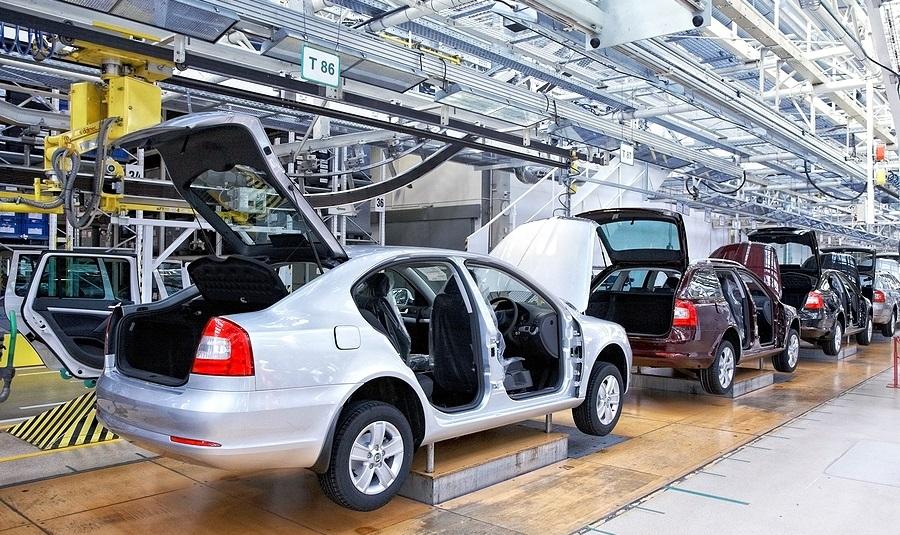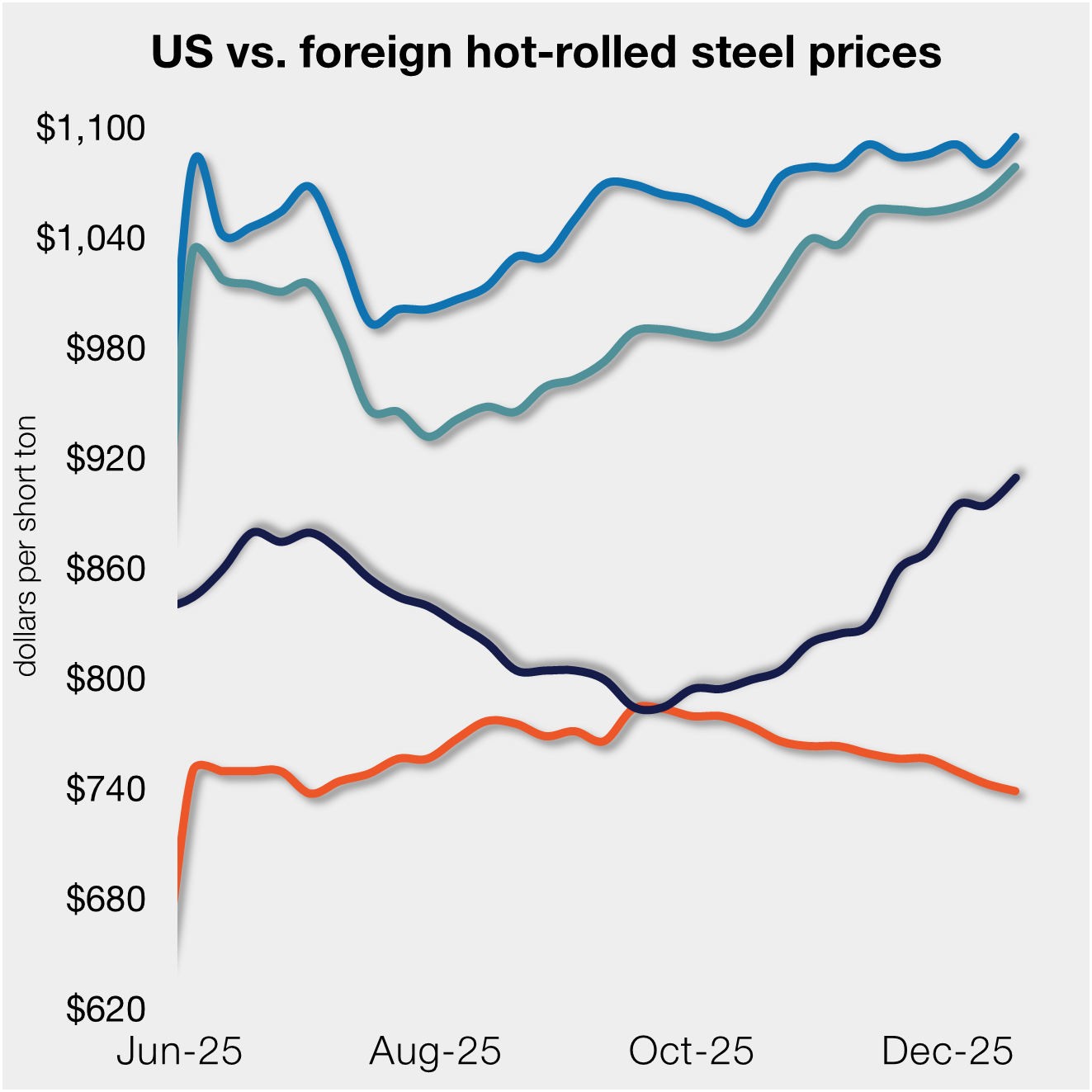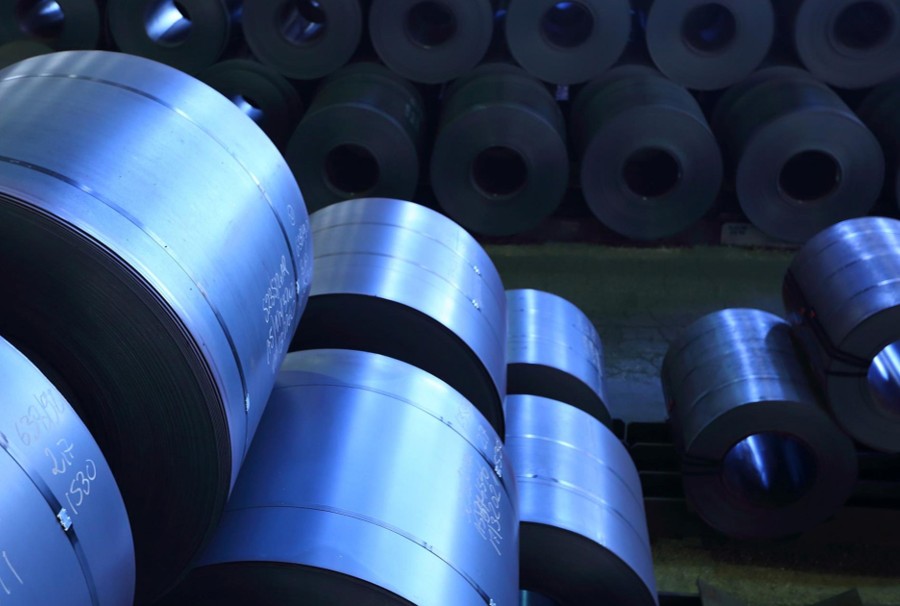Market Data

September 18, 2017
BGA: Leave Fuel Economy Standards Alone
Written by Tim Triplett
Weakening federal vehicle fuel economy standards would not relieve the auto industry of burdensome regulation, but rather would hurt job growth, as well as the environment, maintains the BlueGreen Alliance (BGA), a coalition of American labor unions and environmental organizations whose mission is to “work together to solve today’s environmental challenges in ways that create and maintain quality jobs and build a stronger, fairer economy.”
Speaking during a reception Sept. 13 following the 50th anniversary open house at ArcelorMittal’s Global Research and Development Center in East Chicago, Ind., Zoe Lipman, director of BGA’s Vehicles and Advanced Transportation program, described how the current fuel efficiency standards have driven innovation among automakers and their suppliers, lowering harmful emissions while creating new jobs.
![]() Lighter vehicles consume less fuel than heavier vehicles of the same size, reducing greenhouse gas (GHG) emissions and saving consumers fuel and money. The federal government set very aggressive fuel economy targets in standards promulgated in 2010 and 2012. Phase I of light-duty vehicle fuel economy standards for model years 2012–2017 have been successfully achieved. Implementation of Phase II standards are well under way. But the final years of the standards (2022–25) are under debate.
Lighter vehicles consume less fuel than heavier vehicles of the same size, reducing greenhouse gas (GHG) emissions and saving consumers fuel and money. The federal government set very aggressive fuel economy targets in standards promulgated in 2010 and 2012. Phase I of light-duty vehicle fuel economy standards for model years 2012–2017 have been successfully achieved. Implementation of Phase II standards are well under way. But the final years of the standards (2022–25) are under debate.
In March 2017, the Trump administration opened a review of the EPA’s January determination that model year 2022–2025 standards remained appropriate. The National Highway Traffic Safety Administration (NHTSA) is expected to begin its previously scheduled fuel economy rule making in 2018. “As the agencies do their reviews, they should recognize that a weakening of standards could stifle innovation and put industry manufacturing and job gains at risk,” wrote Lipman, one of the authors of the BGA’s recent “Supplying Ingenuity II” report.
Since the 2008-2009 recession, the auto industry has added nearly 700,000 retail and manufacturing jobs, while simultaneously meeting steadily tightening emissions and fuel economy standards. Today, the automotive industry directly employs nearly three million Americans at auto dealerships and in manufacturing. In turn, these manufacturing jobs indirectly support millions of additional jobs throughout the economy.
To be clear, Lipman says in her report, the industry hasn’t yet regained the thousands of manufacturing jobs lost in the decade before the recession. But the past seven years have constituted the first period of sustained growth in automotive manufacturing jobs—and in U.S. manufacturing jobs as a whole—since 1999.
Over the same period that the auto industry recovered from the recession, hitting record sales and creating thousands of new jobs, it also managed to hit the government’s fuel economy and greenhouse gas targets across all types and sizes of vehicles. Automakers are on track to dramatically improve fuel economy from an average real-world figure of 22 miles per gallon in 2011 to more than 36 mpg in 2025. (Under federal rules, these real-world ratings translate to 28 mpg and 51 mpg, respectively, in regulatory language).
Automakers have deployed a variety of innovative technologies to cut pollution and improve fuel efficiency. These technologies include advanced gasoline and diesel engines and transmissions, including components like turbochargers; hybrid and electric propulsion technology; lightweight body, frame and component materials and improved aerodynamics; efficient ancillary systems, such as electric power steering; and many more. These technologies are saving consumers billions at the pump, and they often provide additional benefits, such as improved handling, performance, comfort, and payload capacity.
ArcelorMittal is a major supplier of high-strength steels to the auto industry. Globally, it devotes approximately 30 percent of its R&D funding to advanced automotive solutions and produces 60 varieties of high-strength and advanced high-strength steels. It has upgraded its hot dip galvanizing line to produce high-strength, lightweight steel with tailored coatings for automotive customers. It also has collaborated with major automakers in the production of lightweight tailored blanks made from steels with different properties.
The aluminum industry has also made major investments in R&D to capture a bigger share of the auto market by helping to make vehicles lighter and safer. Arconic, for example, recently invested $275 million to increase production of automotive-grade aluminum sheet at its rolling mill in Alcoa, Tenn., creating 200 new jobs in the process. Arconic also spent $300 million to upgrade its Davenport, Iowa, facility where that aluminum is customized, using a novel process to facilitate bonding between aluminum automotive components. Arconic is now rolling out an entirely new Micromill casting process that greatly speeds the production of automotive aluminum sheet and results in material that is even lighter, stronger, and more formable, the company says. Suppliers of other materials, including plastics and carbon fibers, are also working to promote application of their products as automakers strive to remove even more weight from new vehicles.
The July 2016 comprehensive technical assessment by the U.S. EPA, the NHTSA and the California Air Resources Board found that advanced conventional technologies—both those identified in 2012 and others that had not been anticipated—have been adopted more rapidly than expected. The assessment concludes that the industry is on track to successfully meet the 2025 standards as they stand, and at a reasonable cost.
In other words, the BGA sees no reason the standards should be changed. It is urging regulators to sustain robust clean vehicle and fuel economy standards, as well as policies that spur more investment in American manufacturing and ensure workers’ rights and safety. “An ongoing trajectory of improvement in GHG emissions and fuel economy supports investment, innovation and job growth,” reads the BGA report. “By contrast, stepping back from these standards puts jobs at risk.”
Written by Tim Triplett, Tim@SteelMarketUpdate.com







